Whether you’re new to scuba diving or a certified diver, you’ve probably heard of “the bends” – more formally called decompression sickness (DCS). So, what are the bends in scuba diving?
Keep reading to learn the answers to questions such as:
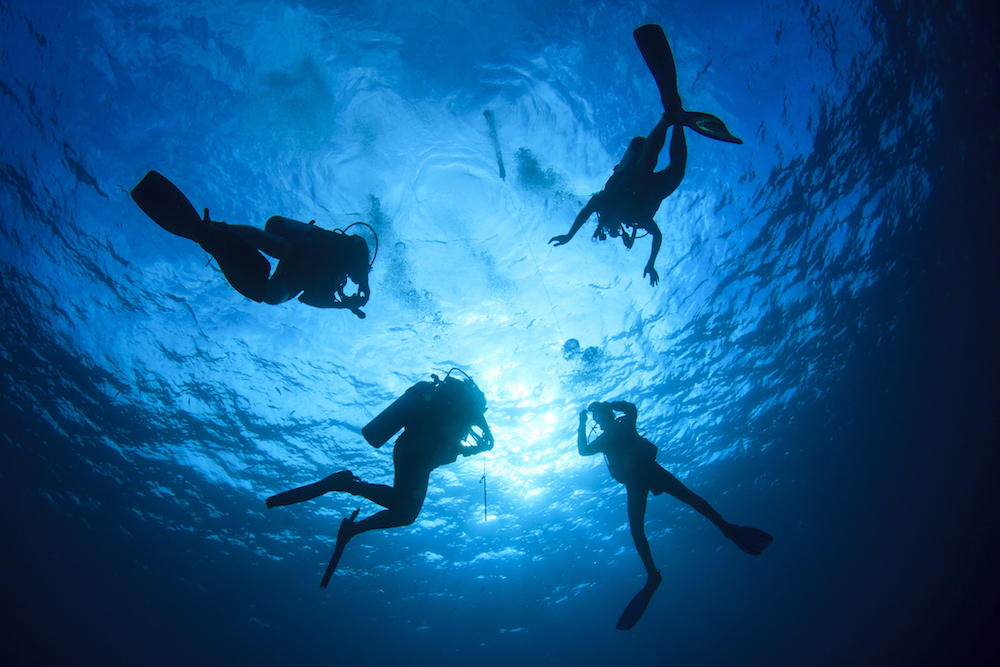
During a scuba dive, your body absorbs nitrogen from the air you breathe. The deeper you go (and relative to increased water pressure), the more you take in.
Normally, this nitrogen is released with no effect as you slowly ascend from, and after, your dive. However, problems arise if the water pressure decreases too quickly – with a fast ascent, for example. In this case, the nitrogen forms harmful bubbles in the bloodstream or tissues.
If you’re still wondering, “What are the bends in scuba diving?” then picture your favorite soda. Carbon dioxide is dissolved in the liquid, but when you open the lid, the rapid change in pressure leads to bubbles forming. When similar pressure changes happen to nitrogen that’s dissolved in your body, it also forms bubbles, and that is what causes the bends when scuba diving.
The term first appeared in the 19th century with the construction of the Brooklyn Bridge. After long periods in pressurized caissons, workers had a stooped posture resembling the Grecian Bend fashion – a result of decompression sickness. After that, “the bends” stuck, along with “caisson disease”.
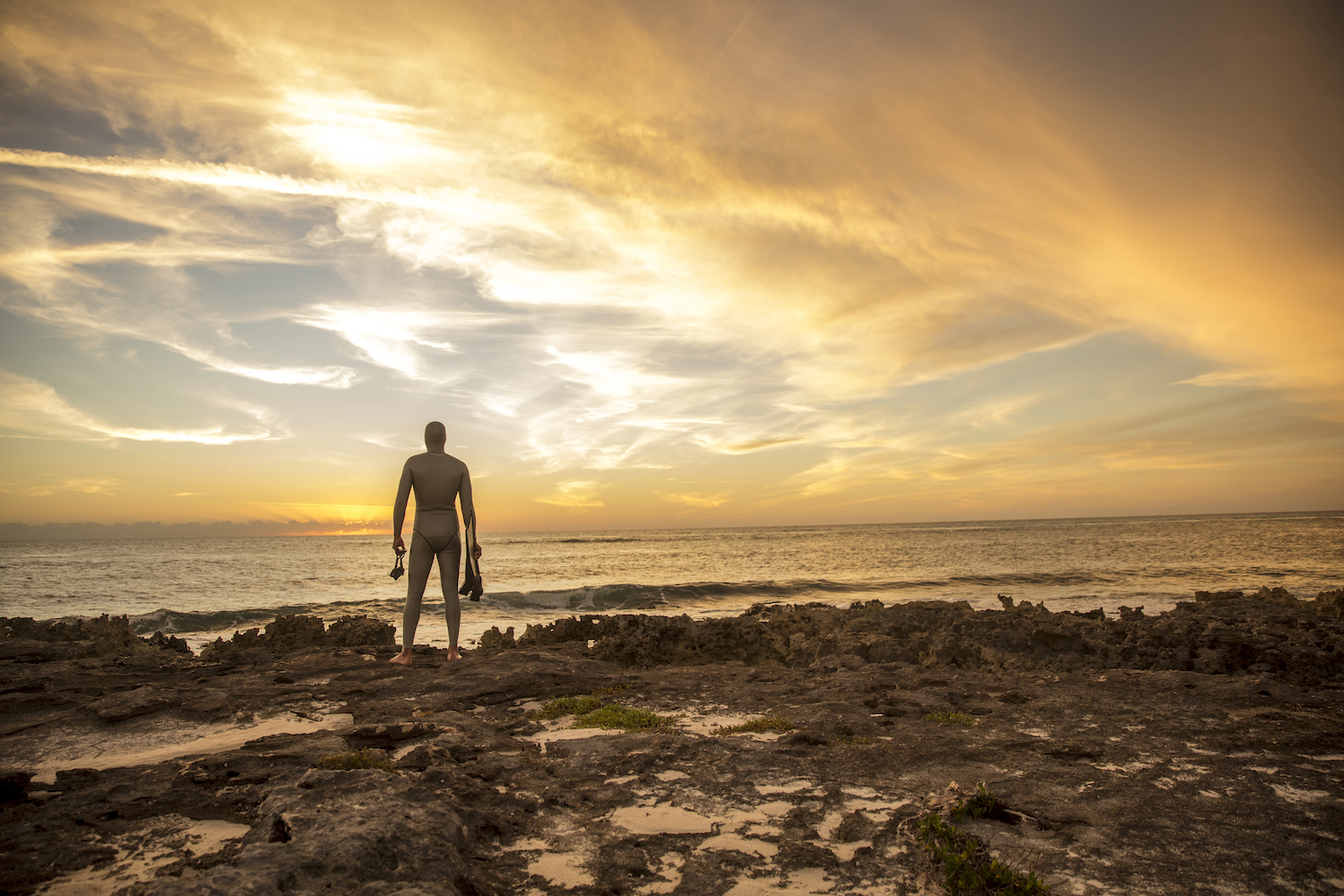
Although the bends is generally linked to scuba diving, it can happen anytime there’s a sudden drop in surrounding pressure, be that air or water. This means it can affect astronauts, caisson workers, and people traveling in high-altitude or unpressurized aircraft.
Because freedivers hold their breath underwater, they typically don’t absorb enough nitrogen to cause DCS, even after a fast swim back to the surface. Nevertheless, while it’s uncommon, it is possible for freedivers to get the bends after diving, especially after repetitive, deep dives.
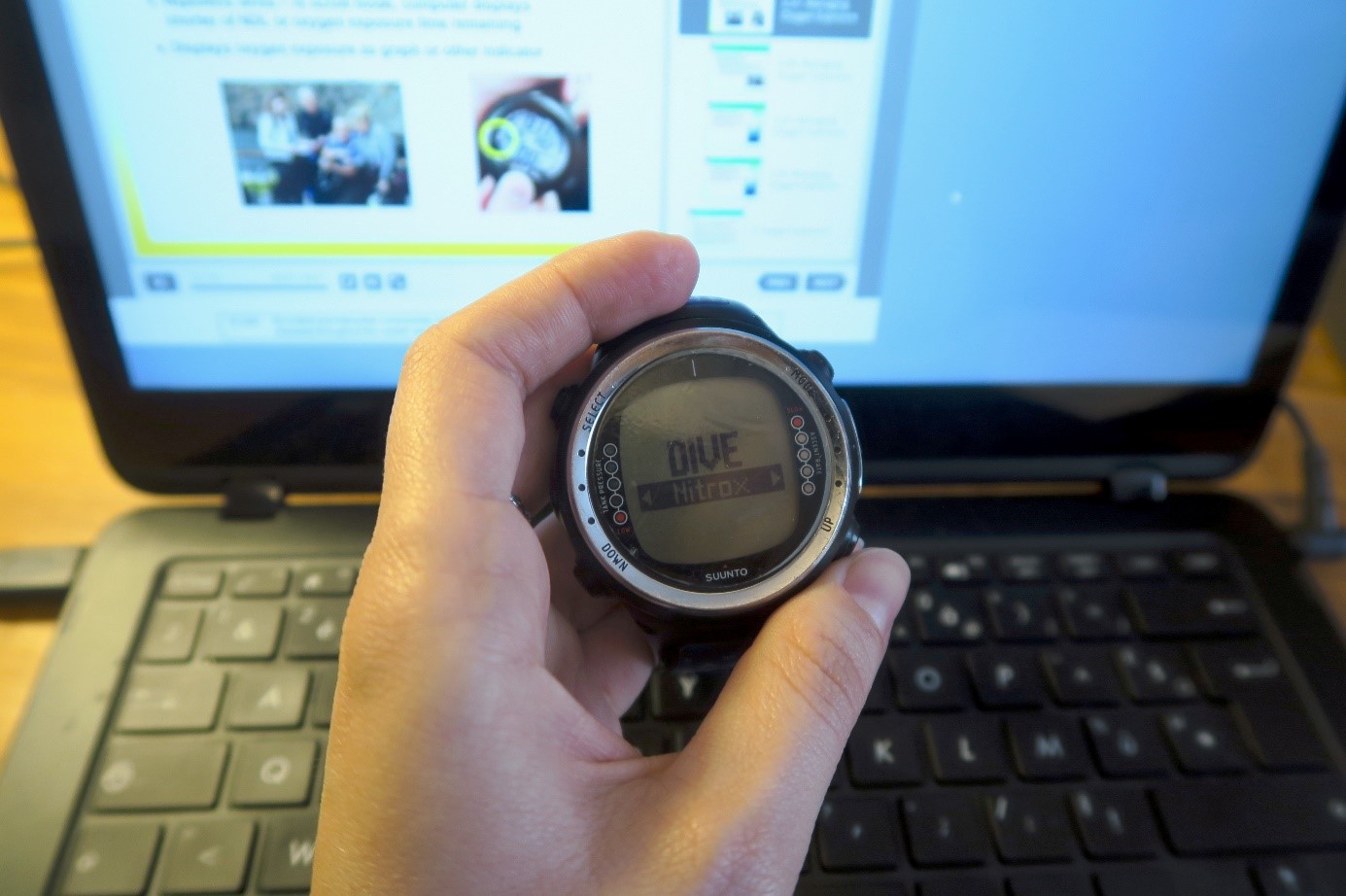
There’s no exact depth where you might “get bent”. However, the deeper you dive, the more nitrogen you’ll absorb, and the greater the risk. Fortunately, the PADI Open Water Diver course teaches you how to use planning tools, such as dive tables or computers. These tell you how long and deep you can dive to reduce DCS risks and help prevent the bends.
The biggest pressure difference is from 10 meters (33 feet) to the surface, so ascending too quickly at the end of your dive could lead to DCS. It’s why scuba divers slowly ascend and make a three-minute safety stop at five meters (16 feet) to give our bodies time to get rid of excess nitrogen.

While DCS can be categorized into two types – Type 1 (mild) and Type 2 (severe) – the signs and symptoms aren’t always the same for everyone. They might include:
Numbness or tingling Joint or limb pain Muscle weakness Itchy skin or rashes Headache Fatigue Dizziness or vertigo Nausea or vomiting Difficulty urinating Confusion or strange behavior Visual or hearing problems Impaired balance or coordination Difficulty breathing or chest pain Paralysis Loss of consciousnessDecompression sickness signs and symptoms usually appear between 15 minutes and 12 hours after a dive. Even so, the onset can take up to 36 hours.
Sometimes, divers won’t mention their symptoms due to embarrassment or not wanting to worry others. They might also brush them off as sunburn, overexertion, dehydration, or seasickness.
For that reason, and although only a medical professional can diagnose DCS, you should be able to recognize potential signs and symptoms of the bends in divers to help ensure prompt treatment.
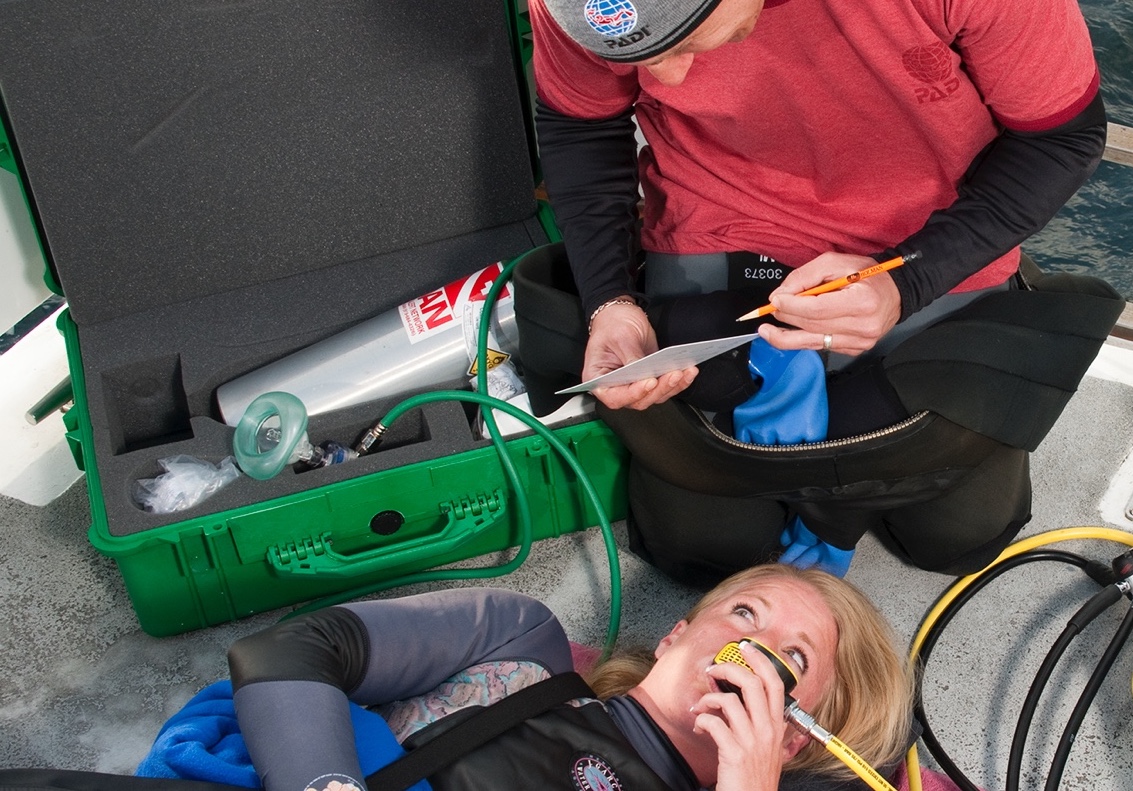
Most divers recover fully from the bends with proper treatment.
To start with, breathing 100 percent oxygen can reduce symptoms and assist with nitrogen elimination. However, even if symptoms disappear, they can come back later. So, to avoid permanent injury, getting immediate medical assistance is vital if you suspect DCS.
The only treatment for the bends is recompression. This puts your body back under pressure (as if you’re on a dive), which shrinks the bubbles and allows the safe release of nitrogen. Going for another dive isn’t the answer, though. Being underwater – an uncontrolled environment – is dangerous for anyone with DCS symptoms. Instead, special facilities called hyperbaric chambers are used to treat the condition.
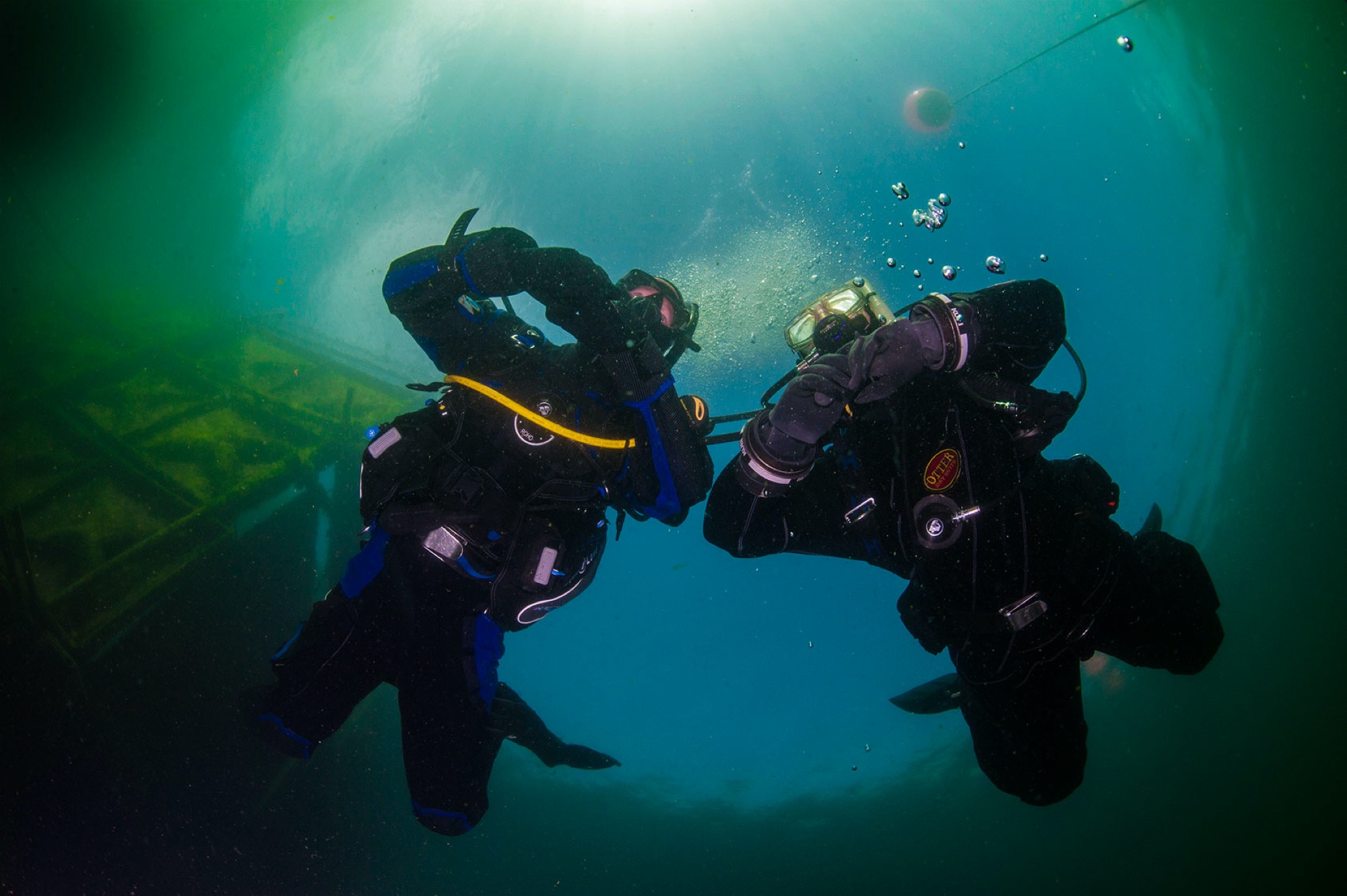
You can lessen your chances of getting the bends from scuba diving by:
Ascending slowly and completing safety stops to give the nitrogen in your body time to escape safely. Sticking to your dive plan because diving deeper, longer, or skipping your surface interval can increase the risk of DCS. Waiting 12-24 hours before flying as the pressure drop during a flight can be like a rapid ascent while diving. Diving with enriched air nitrox since breathing a lower percentage of nitrogen means you’re absorbing less of it into your body.In addition, you’ll want to stay well hydrated and avoid doing things after a dive that affect your blood flow, which may cause nitrogen to be released too quickly. These include consuming alcohol, exercising, and taking hot showers.
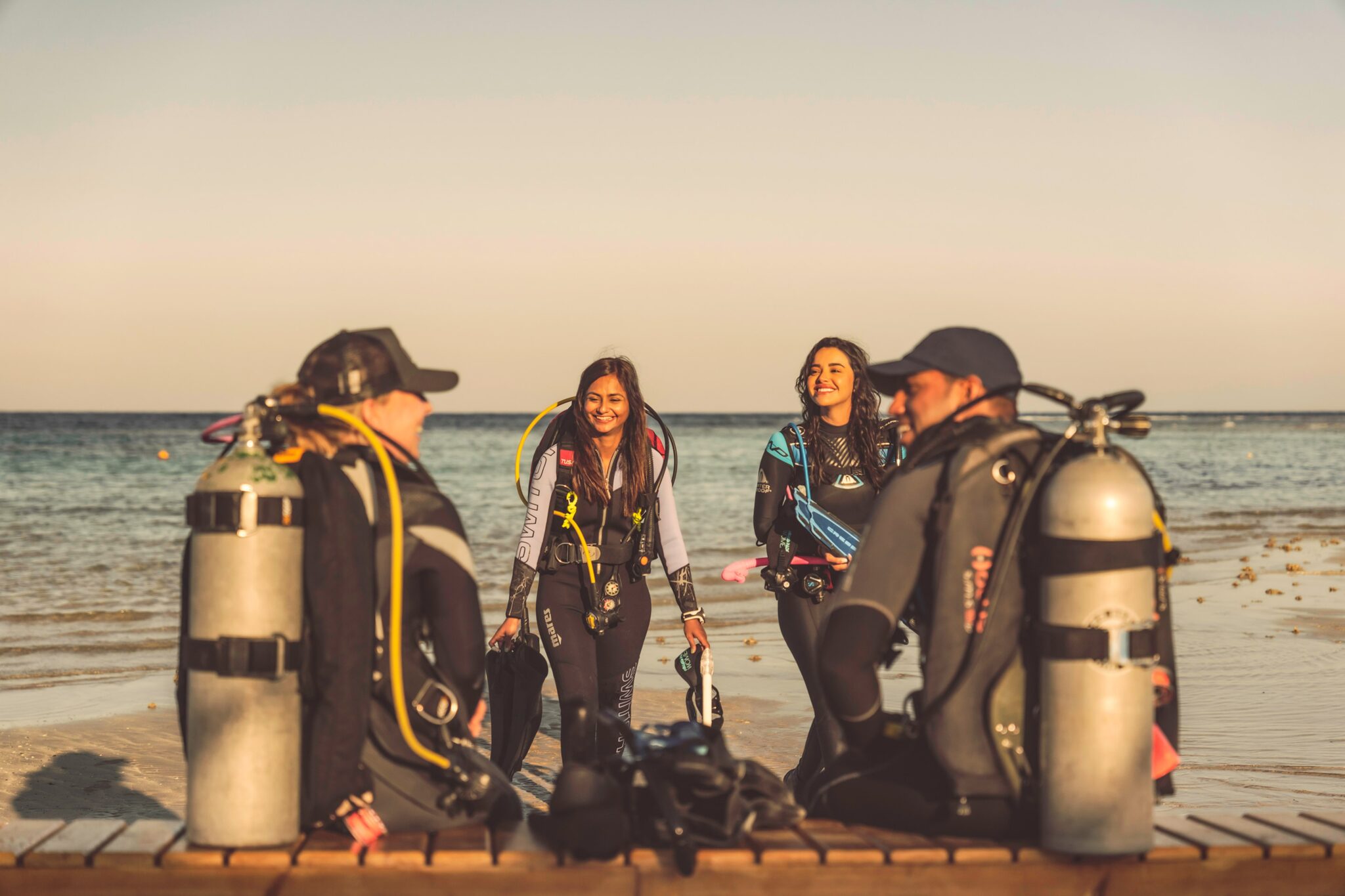
Scuba diving has an excellent safety record – even better than golf, horse riding, or swimming!
The bends isn’t 100% preventable, but it’s extremely rare when following established safe diving practices. The average occurrence is around three cases per 10,000 dives. This is why learning how to avoid the bends is an essential part of scuba training at every level, and why you should make sure you have appropriate dive accident insurance.
The PADI Open Water Diver course answers the question, “What are the bends in scuba diving?” as well as teaching practical techniques for safe diving. Plus, you’ll learn other key skills, such as using scuba gear, communicating underwater, and protecting our ocean.
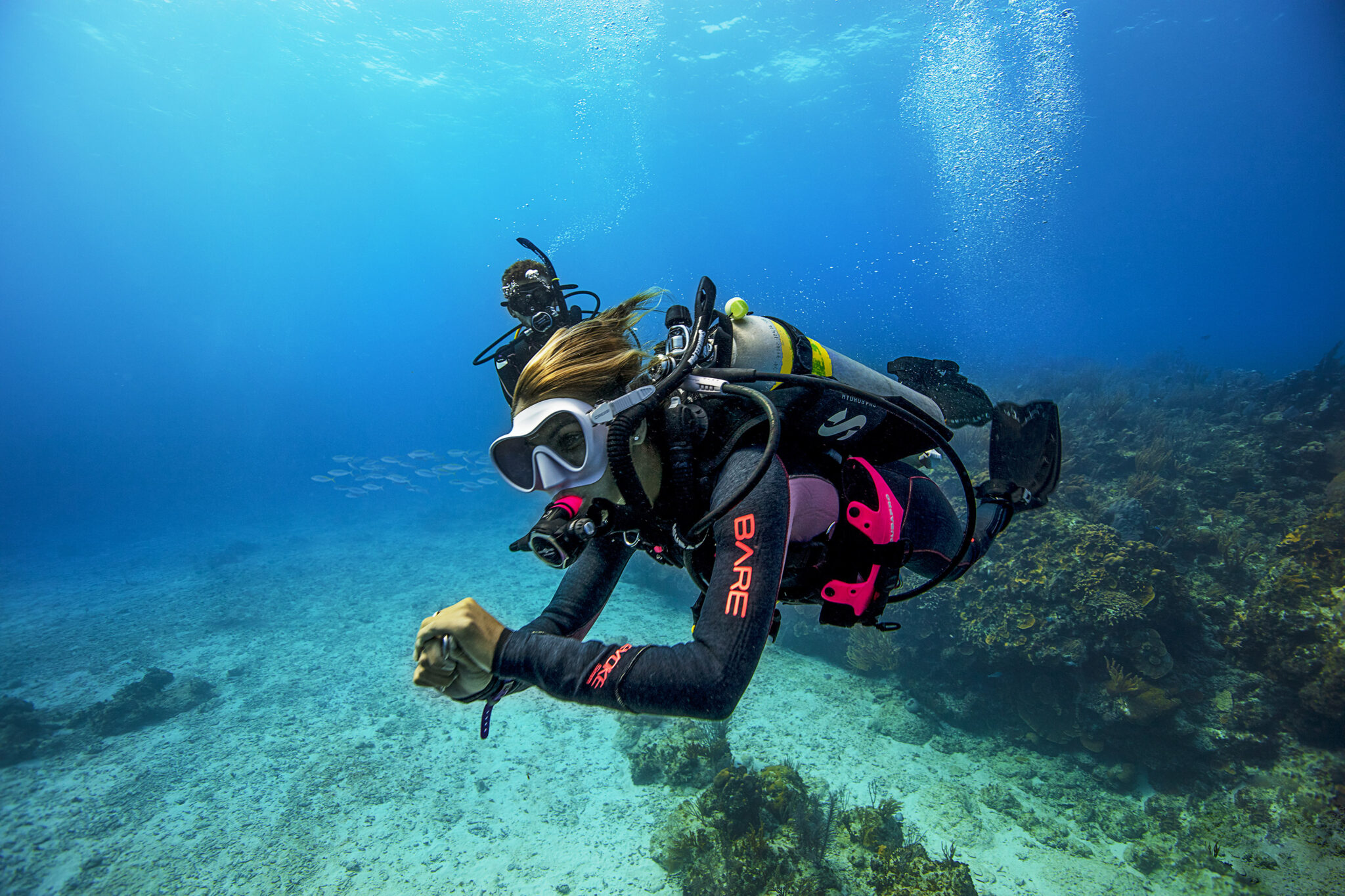
Check out the PADI course catalog for more ways to expand your knowledge, skills, and confidence before your next scuba adventure. You can learn to:
Share This